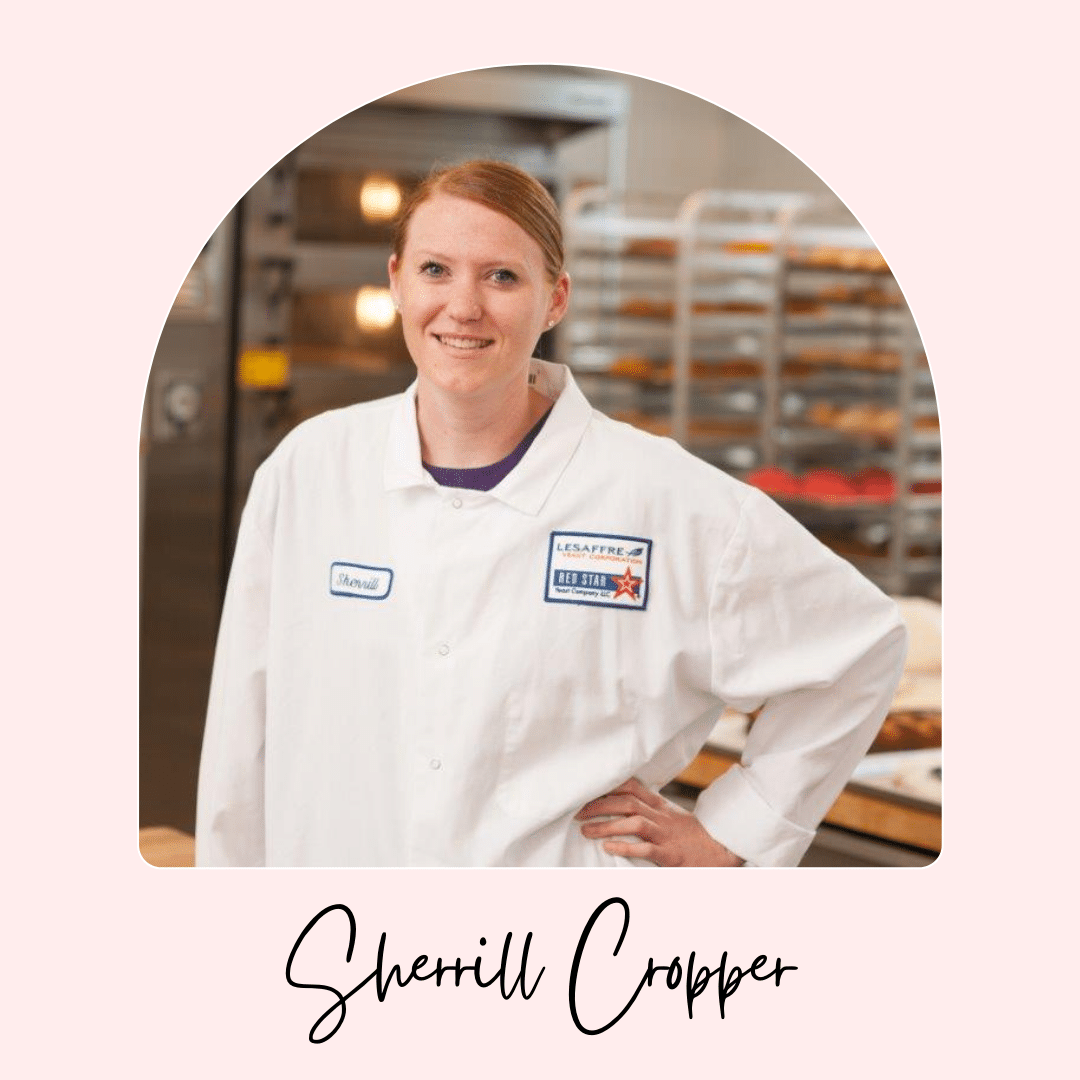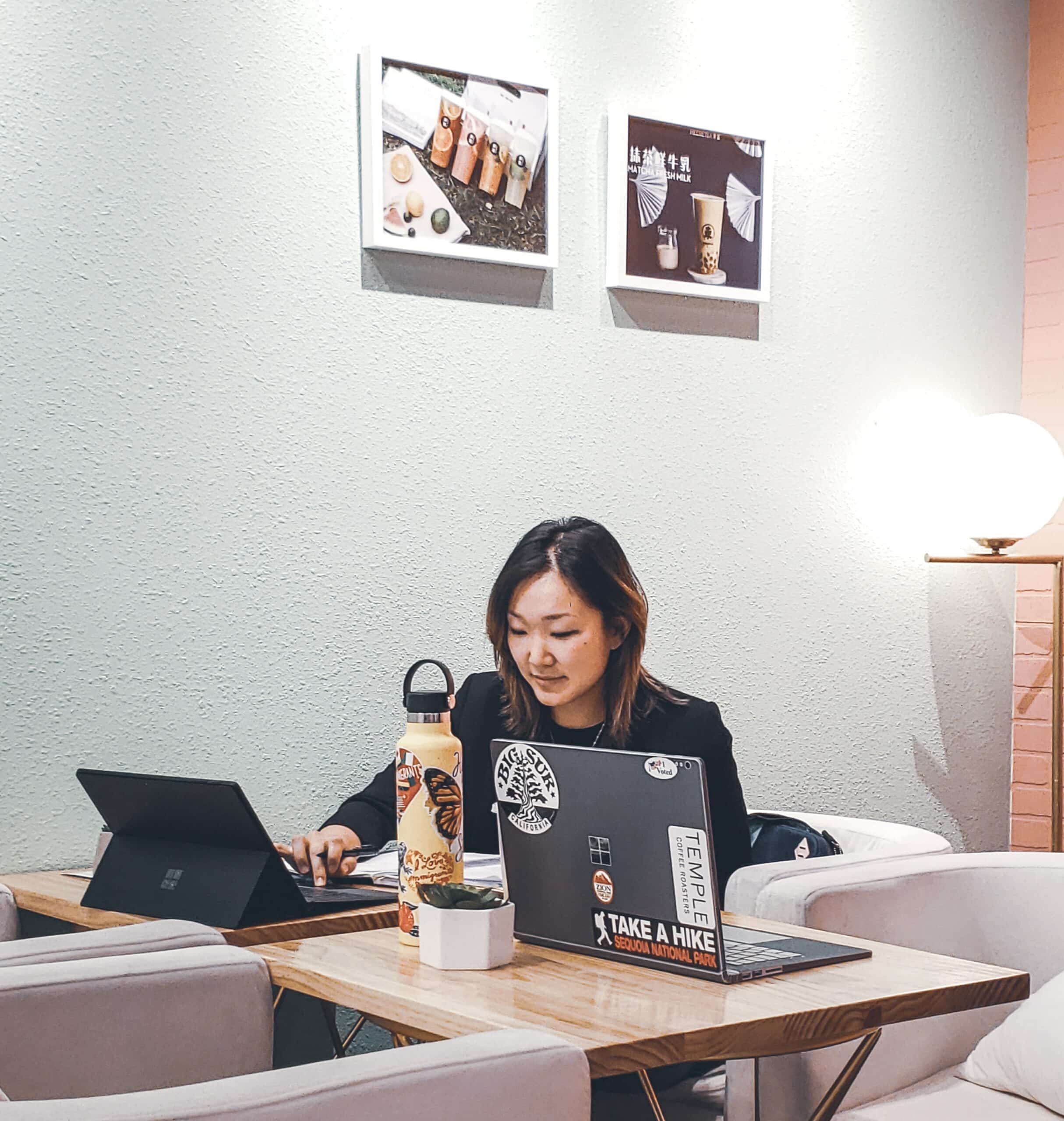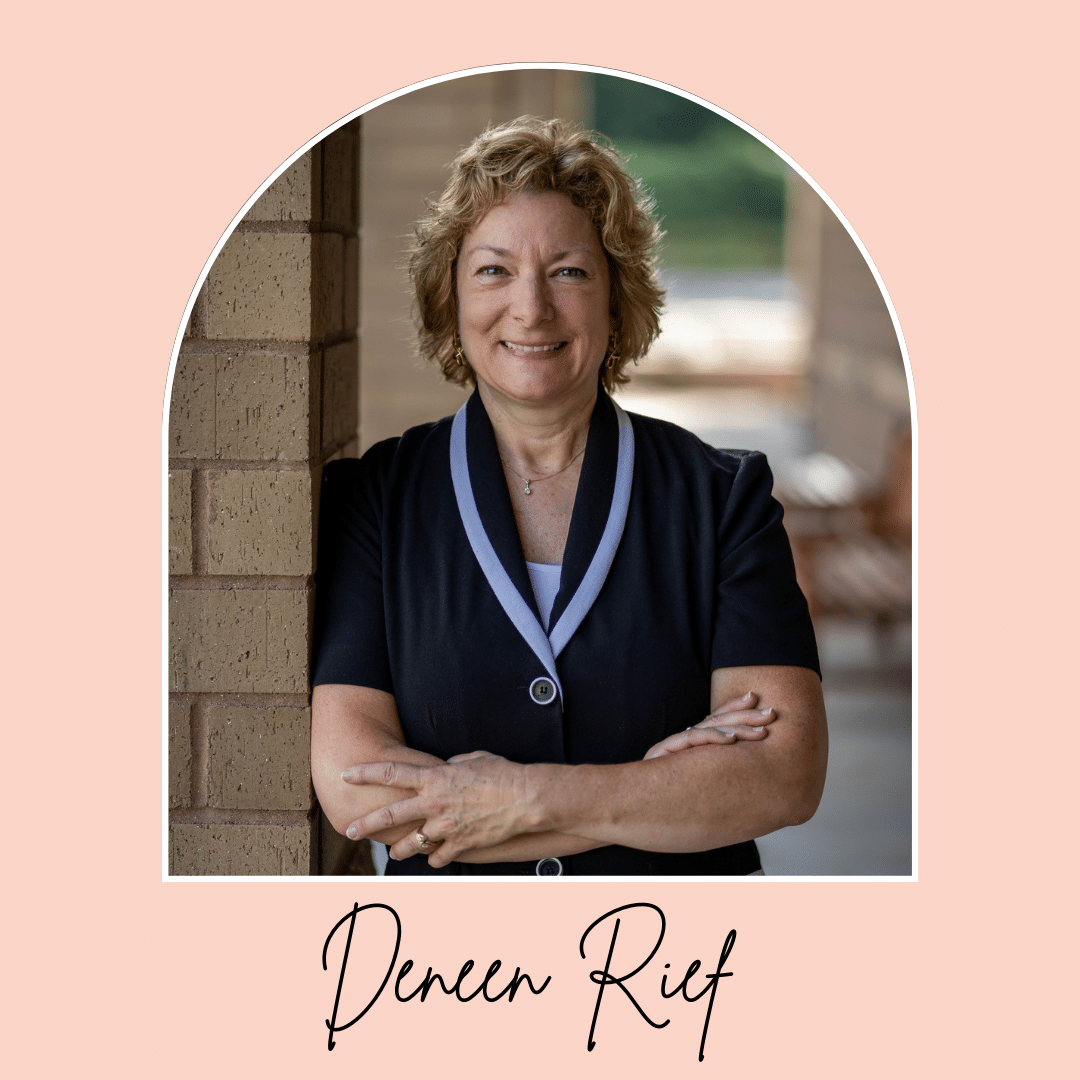Author – Lyndsay Toensing
Do you remember when “grit” was the hot topic? I just saw a LinkedIn post about it today and I was reminded of how so many business leaders, motivational speakers, athletes, and others praised the character trait that keeps people working ever harder and pushing forward. Daniel Coyle, author of The Little Book of Talent: 52 Tips for Improving Your Skills, says “GRIT is that mix of passion, perseverance, and self-discipline that keeps us moving forward in spite of obstacles”. It has become the norm in many social and professional circles to work hard and push through at all costs. What people don’t talk about it the potential dark side of embracing “grit”. Let me share the story of Kandis.
I met Kandis at a company sponsored women’s networking event in late summer. She, like many of us in the company, was a high achieving, hardworking, and goal-oriented professional. She prided herself on being brilliant and accomplished. Not in a boastful way. She had accomplished a lot on her 31 years on the planet. She graduated from a top business school, had worked for and been promoted at some of the top consumer packaged goods companies, had always received praise and recognition for her work, and had been hand-selected by a top tech company to work on a new project as the lead project manager. But when she got there, all of her confidence slowly began to bleed out of her. She was getting a lot of critical feedback from her director and the project director despite how hard she was working and every strategy and tactic she tried. She, her peers, and her team were regularly working 12-14 hour days and seemingly not making enough progress. This was new territory for her. She started to question if she was smart enough or talented enough for the job. Or maybe she never really was smart or talented.
She kept pushing forward, looking at each new challenge as an opportunity to learn, grow, and persevere despite her growing unhappiness. Over time, she started crying on her way home from work each night. Next came anxiety attacks in the morning after she rolled over to check her email before getting ready for work. Soon thereafter, she started fantasizing about getting into a minor accident. Not an accident where anyone else got hurt, nor any major injuries to herself. But just enough to be forced on a small leave for maybe a couple of weeks. Maybe even a month. As her anxiety increased, her performance decreased. She had no patience to collaborate with her team and couldn’t tolerate any mistakes at the risk of it coming back on her. Kandis kept pushing forward like this for three years. Finally, she couldn’t take it anymore and just quit. She was exhausted and completely burnt out with no drop of self-confidence left. Kandis no longer recognized herself and felt completely lost. She was living the dark side of grit.
You may be feeling like Kandis, or you want to make sure you don’t get to the place that so many high achievers do. The good news is that there are 4 simple, but not always easy, ways to help you avoid falling into the dark place.
1. Listen to your body.
Our bodies are incredible universes onto themselves and are communicating with us all the time. Some people push past the early stress signs and don’t start listening until they have chronic migraines, are sick all the time, on anti-anxiety meds or sleeping aids just to get a semi-decent night’s rest. Pay attention to how you feel and think. You may feel excited, happy, content or at peace if you are living a life aligned with yourself. On the flip side, you may be experiencing anxiety, insomnia, negative self-talk, and depression if you aren’t. Start exploring the reason for your thoughts, actions, and reactions if they become overly negative or critical. Listen to your body and mind when it needs a break, too. Rest when you need it. Play when you need it. Take a walk, go to a yoga class, get a drink with friends, take a vacation if you feel it is what will rest and rejuvenate you. Heck, sign up for that retreat that you’ve been looking at for the past year. You’ve earned it!
2. Remember your “why”.
We often get so caught up in the “doing” of life that we forget why we are doing in the first place. Did you start this path because it was a passion? Was it because it was what your parents wanted you to do? Did you start on your path to prove to someone that you could do it? Take time to remember why you are doing what you are doing and see if it still resonates with you. If it doesn’t – that’s ok! You can change your mind. Despite how long you have been on your path, you have the right to direction. It is never too late or too early. There aren’t certainties other than birth and death, so make sure you are content and at peace with life as it is now.
3. Invest in yourself.
Invest in yourself by finding the right resources, support, and experience to empower yourself. Investing in your growth and development will be a great advantage to overcoming obstacles and the dark side of grit. Whether through formal education, the plethora of resources available via books, podcasts and the like, or hiring a coach like me, investing in yourself will always have a return. Keep learning, keep growing, keep challenging yourself to find and do what you love to do, and you will see the benefits in your career progression and satisfaction.
4. Celebrate!
High achievers are known for achieving one goal, only to start on the next goal moments later without taking a second to acknowledge and appreciate their most recent achievement. This behavior causes them to underestimate and undervalue their efforts, and that can lead to the feeling of being trapped in a hamster wheel. Take the time to pause so you can truly appreciate what you’ve accomplished and celebrate your wins. Get a massage, go out for a nice dinner, go on a trip – treat yourself!
Kandis spent the following two years learning how to make cheese on a goat farm in the Pacific Northwest. It was what she needed to get back in touch with what she needed and truly wanted. Today, she leads her own company, doing business her way.
Understanding and taking care of yourself first, all aspects of yourself, is the best way to avoid falling into the dark side of grit, or the dark side of being a high achiever. Those around you will reap the benefits of love, support, compassion, creativity, innovation, productivity, and more because you have taken care of yourself. You will also become an excellent example to others, which will give those around you the permission to take care of themselves so they can show up as their best selves, too. Everyone benefits when you put yourself first. Simple and effective, but usually the first thing forgotten. So, don’t forget it. You are worth the time and effort. I promise.
About the author: Lyndsay K. R. Toensing, MBA is a transformational leadership coach and author of the Best Selling book The Art of Connected Leadership. She is passionate about helping emerging leaders develop their unique leadership style that empowers and creates high-performing teams, keeps and attracts top talent, and helps them achieve their professional and personal goals. Lyndsay has spent fifteen years leading teams, mentoring, and coaching in startups to Fortune 500 companies in medical device, healthcare, and retail industries.
Get a free copy of her ebook The Art of Connected Leadership by emailing LyndsayToensingCoaching@gmail.com.











